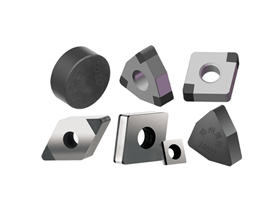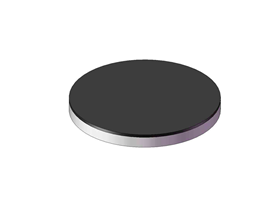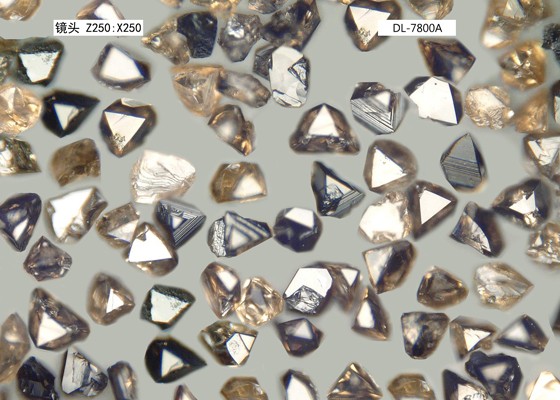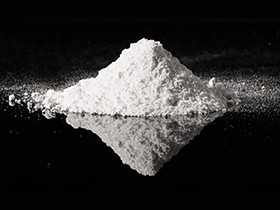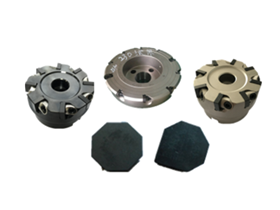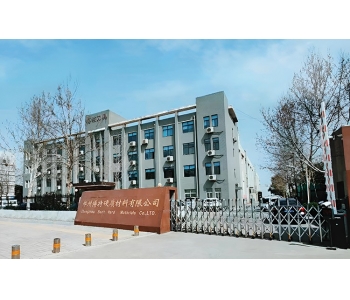
Analysis of the Advantages of Berlt PCBN Inserts in Machining Cast Iron and Hardened Steel
Zhengzhou Berlt CBN Inserts, as a pioneer in China's PCBN inserts industry, operates one of the country's largest CBN inserts production bases. Its products cover over 90% of the domestic market for hard and heavy-duty machining, with an annual production exceeding 6 million CBN inserts. Through continuous R&D on CBN raw materials and summarization of on-site machining experience, Berlt has developed specific CBN inserts grades suitable for turning different material properties based on their characteristics, meeting diverse machining objectives and requirements. >>
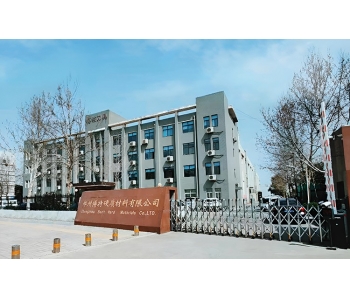
CBN Insert Brand Recommendation: A Guide to Choosing CBN Insert Manufacturers
Zhengzhou Berlt has been deeply engaged in the R&D and production of CBN inserts for over 20 years. Continuously researching and developing CBN tool materials matching the properties of the processed materials, it has developed a series of cubic boron nitride tool material grades for materials like cast iron and hardened steel, such as the BTS2800 series, BTS3800 series, BTS3100 series, BTS6000 series, BTS6500 series, etc., which can meet different machining application requirements. >>
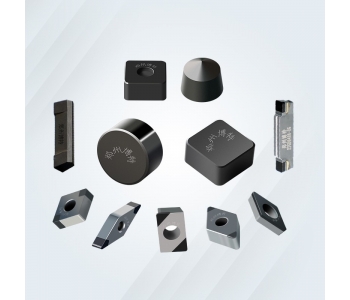
Berlt PCBN Cutting Tools: Making Wind Turbine Bearing Turning More Efficient
Zhengzhou Berlt, focusing on PCBN tool machining solutions, provides professional PCBN tool support for machining high-hardness materials such as bearings and automotive components. Welcome to leave a message to discuss your machining challenges, and help accelerate Chinese manufacturing! >>
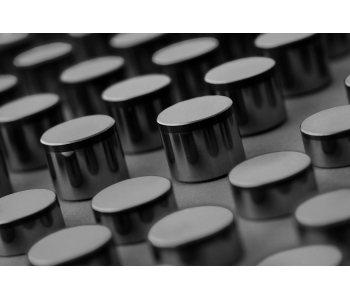
Key Factors Affecting the Performance of PDC cutters
The main factors affecting the quality and performance of the compact are the ratio of diamond to binder, the type of binder, the grain size of the diamond, the interface structure, and the sintering process, among others. >>
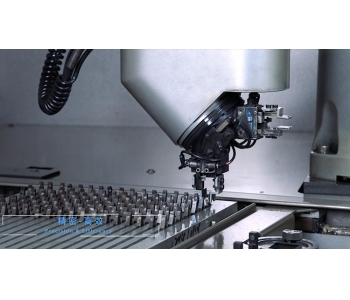
Causes and Countermeasures for Abnormal Wear of CBN Inserts
In the field of high-hardness material machining, CBN inserts are widely used due to their excellent wear resistance and thermal stability, especially suitable for turning materials like cast iron and hardened steel. >>
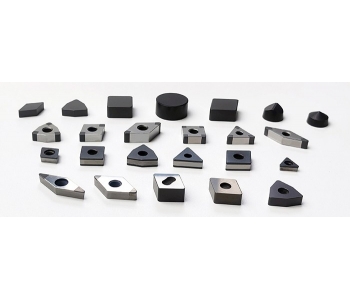
Analysis of Cutting Principles of CBN Inserts
Cubic Boron Nitride (CBN) inserts are one of the preferred tools for machining high-hardness materials (HRC50-65) and difficult-to-machine materials. Compared with traditional carbide tools, CBN has extremely high hardness and thermal stability, enabling high-precision and high-efficiency machining on workpiece materials such as cast iron and hardened steel. >>
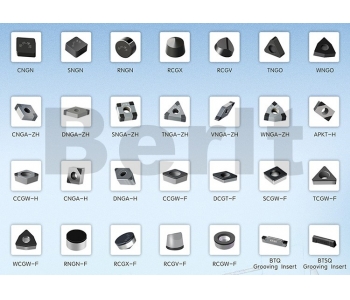
Key Advantages of Cubic Boron Nitride (CBN) Inserts in Machining High-Hardness Materials
Zhengzhou Berlt, as a pioneer in China's CBN cutting tool industry, owns one of the country's super-large CBN tool production bases. Its products cover over 90% of the domestic market in hard turning and heavy-duty cutting fields. With its self-built CBN (cubic boron nitride) material factory, it guarantees the quality of the insert raw materials from the source. The annual production capacity exceeds 6 million pieces of CBN inserts. Please feel free to contact us for technical support and application solutions regarding CBN inserts. >>
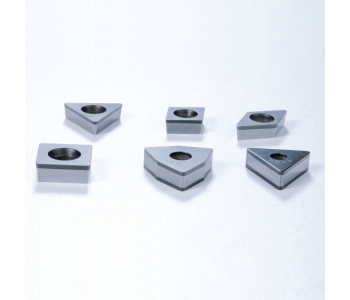
Analysis of PCBN Insert Wear Causes and Solutions
In the machining of high-hardness materials, PCBN (Polycrystalline Cubic Boron Nitride) inserts are highly favored due to their exceptional hardness and thermal stability. However, even ultra-hard materials are inevitably subject to wear. This article by Zhengzhou Bote will discuss the main causes of PCBN insert wear during actual cutting processes. >>
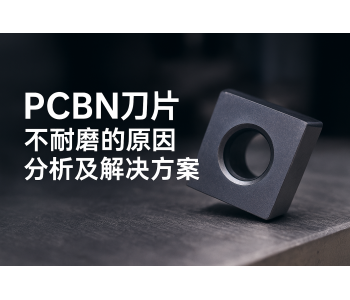
Analysis of Causes for Poor Wear Resistance of PCBN Inserts and Solutions
In the field of difficult-to-machine materials, PCBN (Polycrystalline Cubic Boron Nitride) inserts are widely used for efficient machining of hardened steel, cast iron, wear-resistant chilled cast iron, and other difficult-to-machine materials due to their high hardness, high wear resistance, and excellent thermal stability. >>
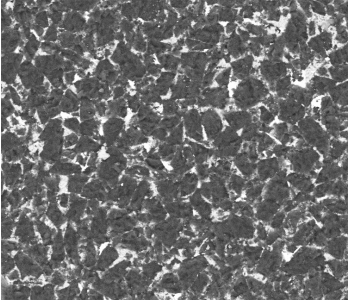
Specially for Boron Cast Iron! Berlt Introduces New PCBN Grade Dedicated to Boron Cast Iron Machinin
Berlt Company powerfully introduces a revolutionary solution: the new PCBN grade BT7500, specifically engineered for boron cast iron. This new grade integrates super toughness, extreme wear resistance, and high efficiency, completely resolving the difficulties in machining boron cast iron and helping you achieve a dual leap in production efficiency and tool durability! >>
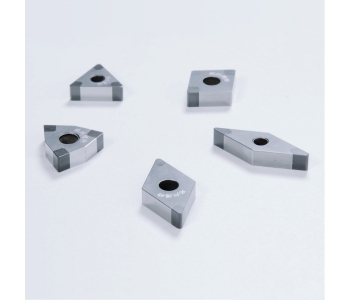
Berlt CBN Inserts Common Structural Forms
CBN inserts boast advantages like high wear resistance, excellent thermal stability, superior chemical stability, and a low friction coefficient. They enable turning instead of grinding and can achieve high machining precision and efficiency during high-speed cutting. According to the current specifications and models available on the market from Berlt, CBN inserts can generally be categorized into four common structural forms. >>
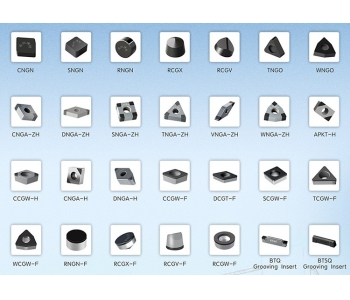
Frequent Machining Challenges? It Might Be Your PCBN Insert Edge Preparation That’s Incorrect!
In optimizing the overall performance of PCBN tools, the rational selection of edge preparation styles directly affects their service life and cutting efficiency. The actual choice requires systematic analysis based on various factors such as the physical characteristics of the workpiece material, cutting parameter configuration, specific working condition requirements, and tool substrate material. Below, based on years of technical practice by Berlt Superhard, a set of practical and reliable edge selection recommendations is compiled for industry reference. >>
